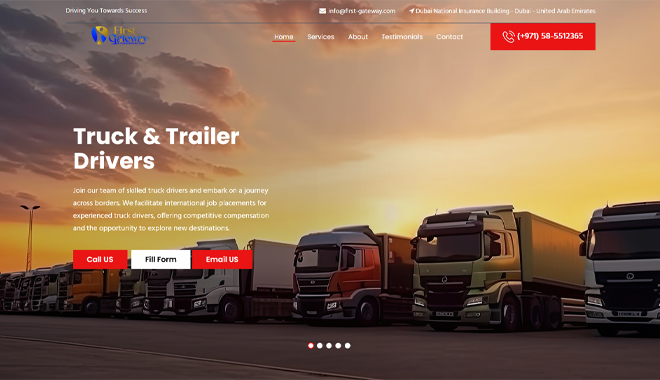Craft stunning websites with seamless functionality using cutting-edge web development techniques. From responsive design to user-friendly interfaces, Nexxza Infosolutions brings your digital vision to life.

NEXXZA
We transcend boundaries and innovate digital solutions to empower your business for success in the digital realm.
Web
Branding
Marketing
Professional Skills
Web Design
Adobe Premiere
Edit videos with finesse and professionalism using Adobe Premiere. We leverage the capabilities of Premiere to deliver high-quality video content that tells your brand story effectively.
Adobe After Effects
Bring motion graphics and visual effects to your projects with Adobe After Effects. Our expertise in After Effects enables us to create dynamic and engaging multimedia content that captivates your audience.
Adobe Photoshop
Transform ideas into captivating visuals with precision and creativity using Adobe Photoshop. From image editing to graphic design, we harness the power of Photoshop to elevate your brand aesthetics.
Facebook Ads
Reach and engage your target audience on the world's largest social media platform with Facebook Ads. We design and manage Facebook advertising campaigns that drive results and amplify your brand presence online.
Google Ads
Drive targeted traffic and maximize conversions with strategic Google Ads campaigns. Our proficiency in Google Ads ensures that your advertising budget is optimized for maximum ROI and business growth.
FAQ
Web Development
What is a Domain?
A domain is the unique address of a website on the internet, typically represented by a combination of letters, numbers, and symbols (e.g., www.example.com). It serves as the online identity of a website and is used by users to access web pages hosted on a server.
What is Hosting?
Hosting refers to the service of storing and serving website files, data, and content on a server that is connected to the internet. Web hosting providers offer various types of hosting services, including shared hosting, virtual private servers (VPS), dedicated hosting, and cloud hosting, to accommodate different website needs and traffic levels.
What is Front-End and Back-End ?
Front end: Also known as the client-side, the front end is the part of a website or web application that users interact with directly. It includes elements such as the user interface, design, layout, and functionality that are visible and accessible to users in their web browsers. Front-end technologies commonly used include HTML, CSS, and JavaScript. Back end: Also known as the server-side, the back end is the part of a website or web application that is responsible for behind-the-scenes operations, such as data processing, server logic, and database management. It handles requests from the front end, processes data, and generates dynamic content to be displayed to users. Back-end technologies commonly used include server-side languages like PHP, Python, Ruby, and Node.js, as well as database systems like MySQL, PostgreSQL, and MongoDB.
Branding
What is branding?
Branding is the process of creating a unique identity and perception for a product, service, or company in the minds of consumers. It encompasses various elements, including brand name, logo, visual identity, messaging, and values, that differentiate a brand from its competitors and evoke specific emotions and associations.
What is Brand Identity?
Brand Name: The name by which a company, product, or service is known.
Logo: A visual representation of the brand, often incorporating symbols, colors, and typography.
Tagline/Slogan: A short, memorable phrase that encapsulates the brand's essence or promise.
Visual Elements: Consistent design elements such as color palette, typography, imagery, and graphic style.
Brand Voice: The tone, language, and style of communication used to express the brand's personality and values.
Customer Loyalty and Retention?
A strong brand identity fosters customer loyalty and retention by creating emotional connections and building trust and credibility. When customers feel aligned with a brand's values and resonate with its personality, they are more likely to remain loyal and advocate for the brand, leading to repeat purchases and referrals.
Testimonials
WEB DESIGN
A single page website presents all its content on a single page, allowing users to scroll down or use anchor links for navigation. These websites offer a streamlined and visually appealing user experience, making them ideal for portfolios, promotions, and event websites.
- Hosting
- Contact Form
- Map/Location
- Domain
- Professional Email
A corporate website serves as the online presence for a company or organization, providing information about its products, services, mission, and values. It typically includes sections such as About Us, Services, Products, Contact, and may incorporate features like news updates, career opportunities, and investor relations.
- Hosting
- Contact Form
- Map/Location
- Professional Email
- Domain
An e-commerce website enables businesses to sell products or services online, providing customers with a convenient platform to browse, purchase, and manage orders. It includes features like product listings, shopping carts, and secure payment processing to facilitate smooth transactions.
- Payment Gateway
- Content Management System(CMS)
- Inventory Management System
- Professional Email
- Chat Bot
- Hosting
- Contact Form
- Map/Location
- Domain





